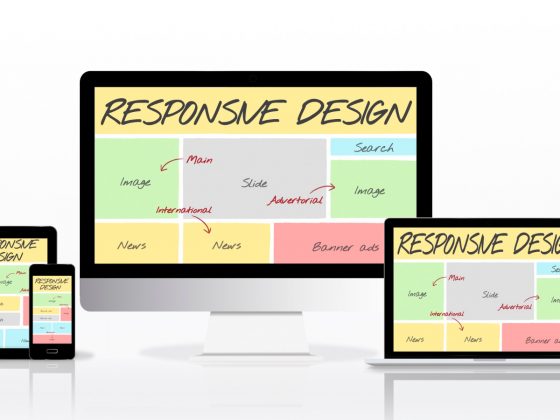User experience (UX) and user interface (UI) design are two essential components of website and application development. UX design focuses on how users interact with a website or application, while UI design is concerned with the visual and interactive elements of the interface. In this guide, we will explore the basics of UX and UI design for beginners.
Understanding UX Design
UX design is all about ensuring that the user’s experience with a website or application is as seamless and intuitive as possible. To achieve this, UX designers must have a deep understanding of the user’s needs, preferences, and behaviors. They must also be able to create user personas, which are detailed profiles of the typical users of the website or application.
Some key principles of UX design include:
- Simplicity: The user interface should be simple and easy to use, with clear navigation and minimal distractions.
- Consistency: Users should be able to navigate through the website or application consistently, with similar elements and interfaces across different pages and sections.
- Feedback: Users should receive feedback on their actions, such as confirmation messages when they successfully complete a task.
- Accessibility: The website or application should be accessible to all users, including those with disabilities.
- Usability: The website or application should be easy to use, with clear instructions and intuitive interfaces.
Understanding UI Design
UI design is all about the look and feel of the website or application. UI designers are responsible for designing the visual elements of the interface, such as buttons, menus, and other interactive elements. They must also ensure that the interface is aesthetically pleasing and consistent with the overall brand identity.
Some key principles of UI design include:
- Visual Hierarchy: The most important elements of the interface should stand out visually, such as through the use of color, contrast, and size.
- Consistency: The design elements should be consistent across different pages and sections of the website or application.
- Typography: The choice of fonts and typography should be carefully considered, as they can have a significant impact on the readability and overall look of the interface.
- Color: The choice of colors should be consistent with the overall brand identity and should be used strategically to guide the user’s attention.
- Interaction Design: The design should be optimized for different devices and screen sizes, with intuitive and easy-to-use interfaces.
Conclusion
UX and UI design are critical components of website and application development. By following the principles of UX and UI design, beginners can create interfaces that are intuitive, easy to use, and aesthetically pleasing. By considering the user’s needs and preferences, designers can create interfaces that are both functional and visually appealing.








